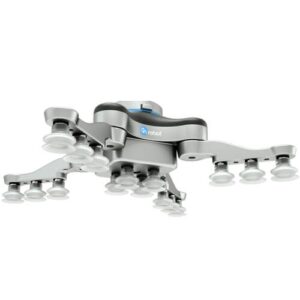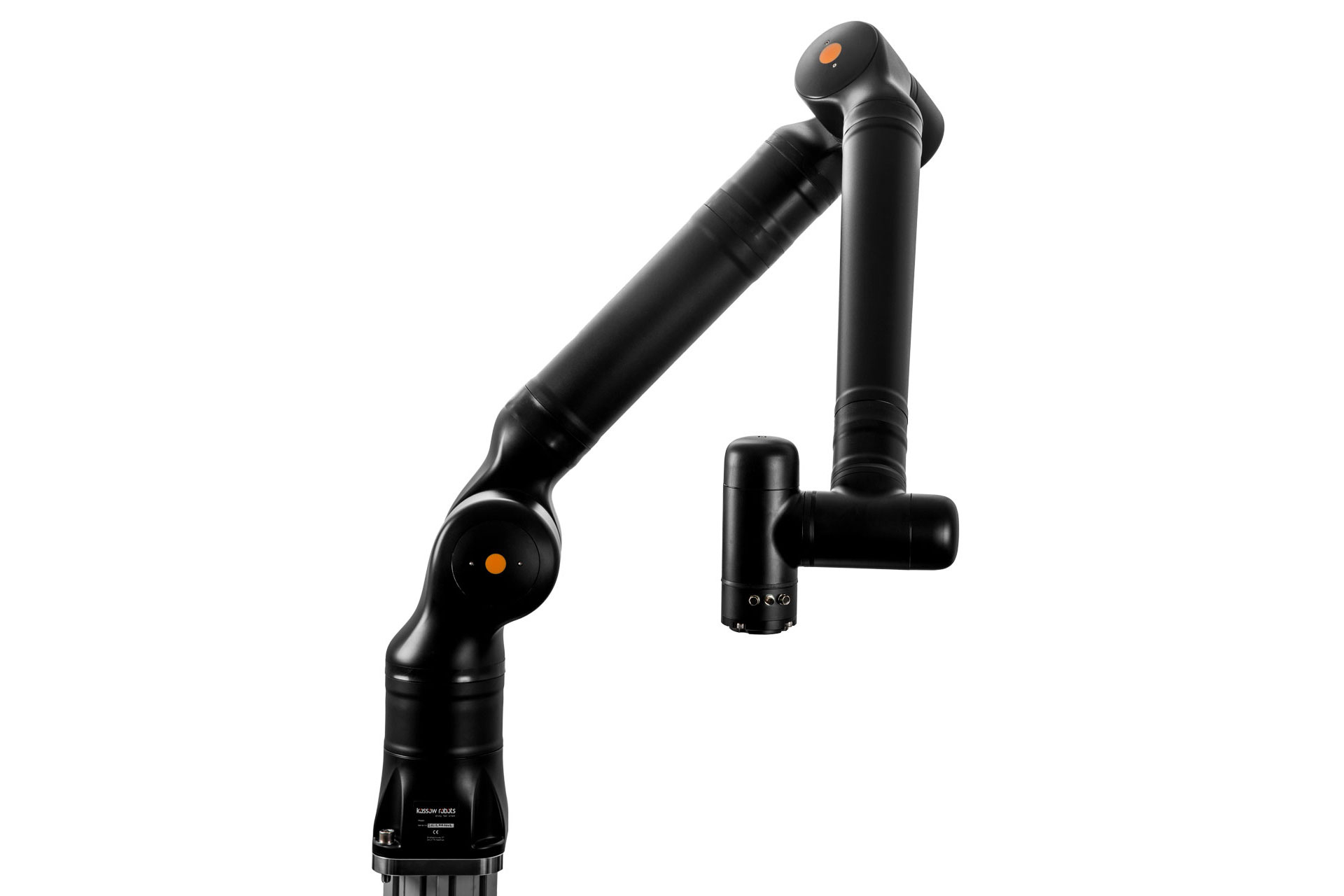Automatic robotic arms, also known as collaborative robots (cobots), are the latest automotive robotics technology that is booming. Technology and innovation are making a major impact in the manufacturing industry. Robotics and collaborative robots are one of them. Industry leaders are investing in this new technology because it can improve their efficiency and reduce costs. In this blog, we are going to reveal how collaborative robots have made manufacturing businesses successful beyond expectations.
Manufacturers have always been innovators. Since the beginning, they’ve looked for ways to do more with less. Increased productivity and efficiency are two aspects of industry where manufacturers excel at. This is done through automation and robotics. Advanced collaborative robots (cobots) are now being used in many manufacturing plants.
1. Why should we add Collaborative Robots to our business?
There has been a tremendous demand for robots in the manufacturing sector, especially in automotive and other industries. In the past year alone, the world market for collaborative, programmable robots grew by more than 25%. Manufacturers use collaborative robots to enhance their production quality, reduce cost and improve working conditions.
Robotic arms are ideal for repetitive tasks that do not require a high level of precision or fine motor skills. They also provide better ergonomics for workers by reducing heavy lifting tasks and repetitive motions.
The benefits of Collaborative Robots:
- Reduced risk of injuries to workers due to its safety features;
- Reduced production costs due to increased productivity;
- Improved quality due to reduced errors and stoppages;
- Increased flexibility in manufacturing processes due to the ability of these robots to handle a wide range of products.
2. Collaborative Robots boost manufacturing productivity
Collaborative Robots Automate Tasks that are Routine and Repetitive They can handle these tasks more efficiently than humans because they do not tire easily & also helps in heavy lifting.
Collaborative Robots are a good investment for growing companies. They can help manufacturers improve productivity and enhance flexibility in their manufacturing processes. With the help of a robotic arm, businesses can increase production output while reducing labor costs. Their uses may also reduce capital expenses since they do not require heavy machinery or special infrastructure.

3. Collaborative Robots in the Manufacturing Industry Growth
The amazing thing about contemporary industrial robots is that they are going beyond just dull monotonous jobs. They can do much more than just packing and palletising. They also allow manufacturers to focus on higher value-added activities, such as product design, innovation, and customisation.
Collaborative Robots can be easily programmed to manage repetitive tasks with decreased cost and increased efficiency.
There is a rising emphasis on collaborative robotics, as companies are demonstrating an interest in more closely integrating human workers with intelligent robots.
Automation is one of the most common reasons why companies use these machines. As they don’t need any breaks or vacations as humans do! This means that they can work 24/7 without worrying about their health or well-being.
Training costs have also been reduced with collaborative robots: – One of the biggest challenges faced by manufacturers is training new employees on how to operate machinery safely and efficiently. This takes time and money which could be spent elsewhere if you had your own robots which makes it a necessary choice for companies’ future plans.
Final Note
Automation will likely play a vital part in the future of manufacturing, and this is already starting to happen now. More businesses are relying on intelligent machines to streamline their operations. which makes it a necessary choice for companies to use robotic arms.
Delahenty Machinery helps businesses like yours integrate collaborative robots into your production processes by providing expertise in all aspects of robotic integration, including robotic arms and robotic accessories.

